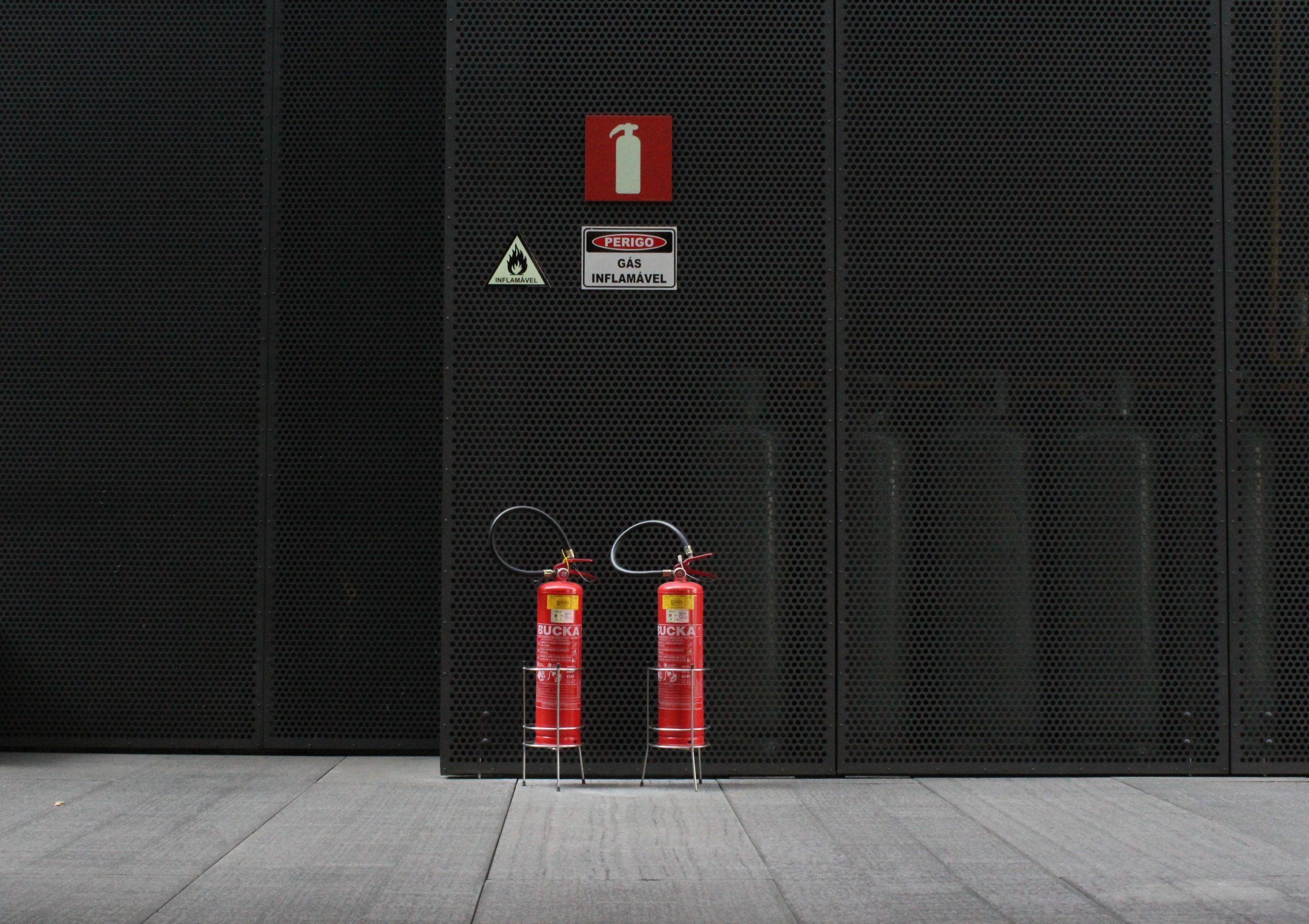Sydney’s fire safety laws are more than a simple checklist. The Annual Fire Safety Statement, also known as AFSS is at the center of this system. This document not just fulfills all legal requirements, but also demonstrates a property owner’s commitment to safety and responsibility. In conjunction with the Fire Safety Certificate, the AFSS provides the foundation for an organized system that guarantees the safety of the building’s occupants as well as reassures insurance companies and assures councils of the buildings that make up their city.

The reason why there is an annual Fire Safety Statement
The annual fire safety declaration Sydney requirements were never intended to be paperwork for the sake of completing paperwork. This requirement was created due to no matter how great a fire protection system is made, it will only function if it’s regularly tested, maintained and certified. A sprinkler that was installed 10 years ago might appear to be fine but without an inspection, there’s no way to guarantee that it will turn on in the event of an emergency.
The AFSS requires that property owners demonstrate, once every twelve months that all fire protection security measures on their property, from alarms, hydrants and lighting for exits–are still in compliance with the requirements originally laid out by the Building Code of Australia (BCA). This is much more than a simple inspection. It’s a public statement that lives will be safeguarded and that the building is able to withstand any emergency.
What’s the difference between AFSS and Fire Safety Certificates?
The Fire Safety Certificate and the Annual Statement are often confused by the owners, however they serve different purposes. The certificate is issued after an important upgrade or new system is put in place. It is a proof that the new measures meet regulations before the building or tenancy is allowed to be used. The AFSS, on the other hand, comes later. It’s a responsibility that is repeated that proves the identical systems meet the requirements each year following installation.
They create a protection cycle when they’re joined: the certificates confirm that the safety systems were installed properly and the annual audits confirm that those systems are maintained over the lifetime of the building. If either step is missed, the entire protection chain is at risk.
The responsibility entrusted to building Owners
One of the unique features of the AFSS procedure in New South Wales is that it imposes the sole accountability on the property owner. Unlike other forms of compliance in which defects can be classified as minor or major, the AFSS system does not allow such a system of hierarchy. The entire declaration is invalid if any of the measures fail.
Owners must be proactive. They need to plan inspections, work with accredited practitioners, arrange repairs, and file documents with the council, all while meeting strict deadlines. For commercial landlords and strata committees, this task includes coordination between tenants and contractors, as well as insurance companies. Although challenging, the structure was created to ensure that security will never be compromised.
The Broader Impact of AFSS in Sydney
The AFSS is more than just legal compliance. The most current fire safety statement is typically requested by tenants as they are deciding on whether or to lease the area. Insurance companies also require this document before finalizing the insurance coverage. An up-to-date Annual Fire Safety Statement can influence the value of the property or tenant trusts, and even rates for insurance.
It gives councils a peace of mind that they are regularly surveillance of the buildings of Sydney. It also means that firefighters can be more confident in the system’s ability to function during emergencies. This lowers the risk for both firefighters and those who reside in the buildings. The AFSS doesn’t just safeguard the individual building, but makes the city safer.
Conclusion: AFSS is a Standard of Trust
It might seem like a bureaucratic burden, but the annual Fire Safety Statement Sydney is actually an assurance standard. It proves that fire security measures aren’t put at risk. It also confirms that the equipment is reliable and that building owners accept responsibility for their residents’ well-being. When paired with a fire safety certificate, it completes a system that verifies both the installation and the ongoing performance of critical safety measures.
Property owners can learn a valuable lesson: AFSS are more than just a simple date. It is an investment in safety as well as accountability and trust in the community. In the rapidly expanding urban environment of Sydney which has thousands of residents relying on safe and compliant structures, this commitment is what truly makes the AFSS an invaluable resource.